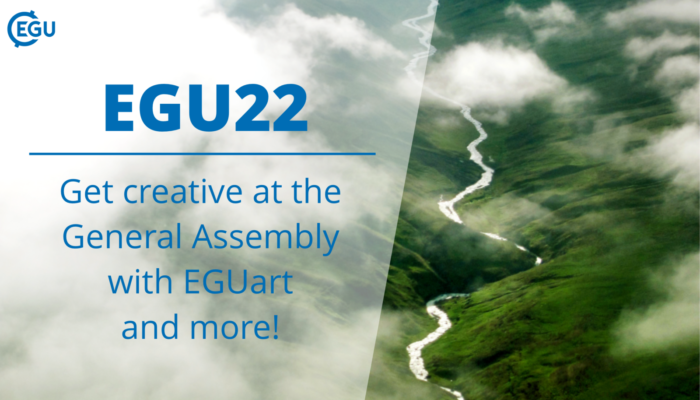The last couple of years have changed the way we communicate with each other – both in our professional and personal lives. The pandemic has inspired many of us to experiment with and embrace new digital ways of working, catching up with family and friends, networking, and more! This is also true for the way we share scientific research. In the digital world though, we’re sometimes mor ...[Read More]
How to EGU22: Get creative at the General Assembly with EGUart and more!
At EGU we take our science seriously, but we also value creativity and the role it plays in all aspects of being a researcher, from designing your study to science communication! The upcoming EGU22 General Assembly offers plenty of creativity in every way, shape and form! If you’re keen to indulge your creative side or curious about the possible intersections between science and art, look no furth ...[Read More]
What is GIFT? The Education Committee’s Jean-Luc Berenguer & Phil Smith explain
EGU’s annual Geoscience Information For Teachers (GIFT) workshop will take place between 4 – 8 April 2022, with the theme of “How the planet shapes history – Geosciences, human society and civilizations”. To find out more about what GIFT is and get a taster for the workshop’s content EGU’s Programme Coordinator, Simon Clark, talked with two of the organisers: th ...[Read More]
Discover the BASE of academic writing to become a better writer
Has anyone ever had a chat with you about your writing? Or their writing for that matter – and I don’t mean about their last publication but their writing process? Writing and in particular academic writing is one of those skills that people assume everyone has and picks up somehow by doing it – without ever really being properly shown how to write. I definitely haven’t been to any writing worksho ...[Read More]




